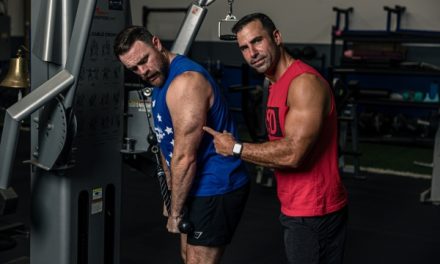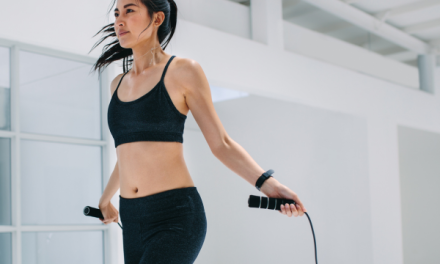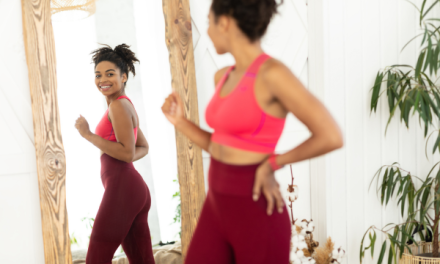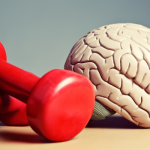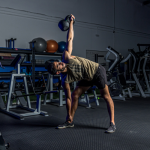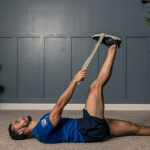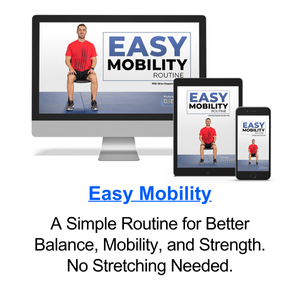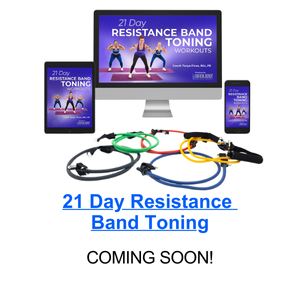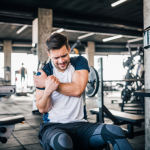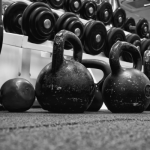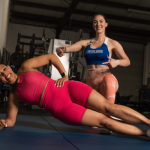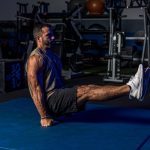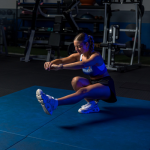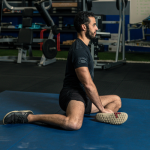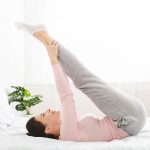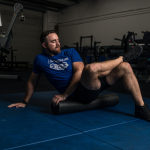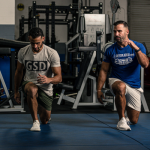Are you frustrated with your current leg workouts, feeling like you’re putting in the effort but not seeing the sculpted results you desire?
It’s a common problem many fitness enthusiasts face:
Despite regular training, their legs lack the definition and power they’re aiming for.
This can be incredibly disheartening, making you question your routine and progress.
But what if there was a way to supercharge your leg sculpting efforts?
Enter plyometric exercises.
These explosive movements are not just for athletes; they can significantly enhance muscle definition, power, and overall leg strength.
In this post, we’ll explore the benefits of plyometric exercises, show you how to incorporate them into your routine, and provide you with a step-by-step guide to key plyometric moves that will transform your legs.

What Are Plyometric Exercises?
Plyometric exercises, often referred to as “plyo,” are explosive leg movements designed to increase power, speed, and strength.
These exercises involve rapid stretching and contracting of muscles, utilizing the body’s natural stretch-shortening cycle.
Simply put, plyometrics are high-intensity exercises that focus on quick, powerful movements such as jumping, bounding, and skipping.
How to Do Plyometric Exercises Work?
Plyometrics work by engaging your muscles in a fast and dynamic way, enhancing their ability to generate force quickly.
The key is the rapid transition between the eccentric (stretching) phase and the concentric (contracting) phase of muscle action.
For example, when you perform a jump squat, your muscles quickly transition from the downward movement (eccentric) to the upward jump (concentric), maximizing muscle activation and power.

Benefits of Plyometric Exercises for Leg Sculpting
Plyometric exercises offer a multitude of benefits, making them an excellent addition to any leg sculpting routine.
By integrating these dynamic movements, you can enhance your workouts and achieve impressive results more efficiently.
Here are the key advantages of incorporating plyometric exercises into your fitness regimen:
Increased Muscle Power and Explosiveness
Plyometric exercises are designed to improve your ability to generate force quickly.
This translates into more powerful and explosive leg movements, which are particularly beneficial for sports and activities that require quick bursts of energy, such as sprinting, jumping, and agility drills.
By training your muscles to react and contract rapidly, you build the type of power that can take your athletic performance to the next level.
Enhanced Muscle Definition and Tone
The high-intensity nature of plyometric exercises helps to build and define your leg muscles, giving them a sculpted and toned appearance.
The rapid, explosive movements also burn a significant amount of calories, aiding in fat loss and further enhancing muscle definition.
Whether you’re aiming for lean, toned legs or more muscular development, plyometrics can help you achieve your aesthetic goals.
Improved Athletic Performance and Coordination
Plyometrics do more than just build muscle—they also enhance your overall athletic ability by improving coordination, balance, and agility.
These exercises train your muscles to work together efficiently and react quickly to various stimuli, which is essential for many sports and physical activities.
Improved coordination and balance not only boost your performance but also reduce the risk of injuries.
Fun and Engaging Workouts
One of the most appealing aspects of plyometric exercises is that they add a dynamic and exciting element to your fitness routine.
Their fast-paced nature keeps your workouts interesting and challenging, making it easier to stay motivated and committed to your leg sculpting goals.
By making fitness fun, you’re more likely to stick with your routine and see continuous progress.
Versatility and Efficiency
Plyometric exercises can be performed almost anywhere with minimal equipment, making them a versatile addition to your workout regimen.
They are also highly efficient, providing a full lower-body workout in a shorter amount of time compared to traditional exercises.
This makes plyometrics an excellent option for those with busy schedules who still want to achieve effective results.
Boosted Metabolic Rate
The intense nature of plyometric exercises increases your heart rate and boosts your metabolic rate, leading to greater calorie burn even after your workout is over.
This “afterburn effect” helps you continue to burn calories and fat throughout the day, contributing to a leaner physique.
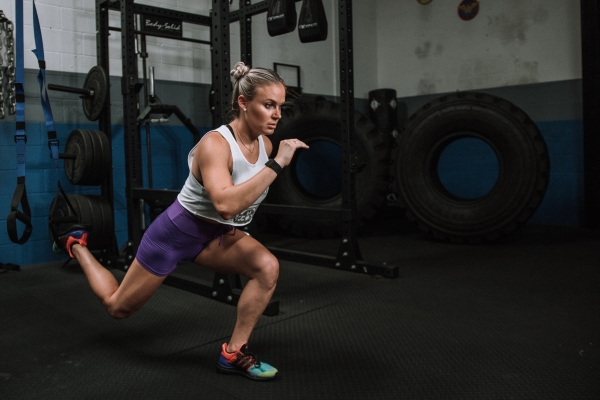
Key Plyometric Exercises for Leg Sculpting
Ready to take your leg sculpting to the next level?
Plyometric exercises are an excellent way to build power, explosiveness, and muscle definition in your lower body.
Here are some key plyometric exercises that you can incorporate into your routine to achieve sculpted, strong legs.
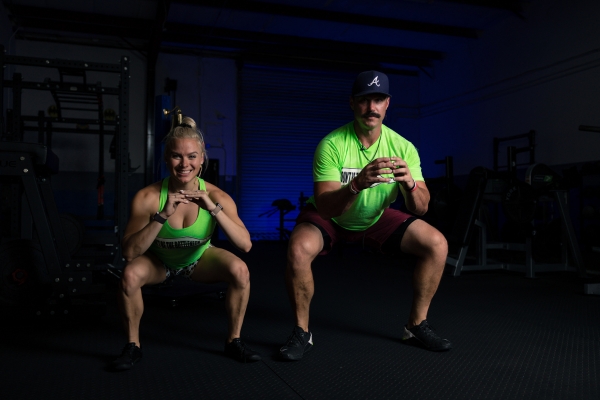
1. Jump Squats
- Stand with your feet shoulder-width apart, arms at your sides.
- Sink into a squat stance, ensuring your back stays straight and your chest stays up.
- Activate your core muscles and jump forcefully, lifting your arms overhead.
- Land softly back into the squat position, ensuring your knees are bent to absorb the impact.
- Immediately go into the next jump, maintaining a fluid motion.

2. Box Jumps
- Position yourself with your feet shoulder-width apart, standing before a stable box or platform.
- Slightly bend your knees and sweep your arms back to generate momentum.
- Jump onto the box, extending your legs fully and swinging your arms forward.
- Land softly with both feet fully on the box, keeping your knees slightly bent.
- Step down carefully, one foot at a time, and repeat the jump.

3. Lateral Bounds
- Stand with your feet shoulder-width apart, knees slightly bent.
- Push off your left foot and jump to your right, landing softly on your right foot.
- Immediately push off your right foot and jump to your left, landing softly on your left foot.
- Keep your movements controlled, and maintain a steady rhythm as you bound side to side.
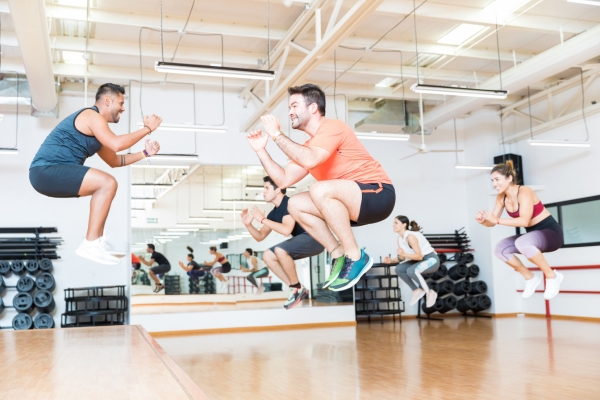
4. Tuck Jumps
- Stand with your feet shoulder-width apart, arms at your sides.
- Lower into a slight squat to prepare for the jump.
- Explode upwards, bringing your knees towards your chest and trying to touch them with your hands.
- Land softly on the balls of your feet, bending your knees to absorb the impact.
- Immediately go into the next jump, maintaining a quick, continuous motion.
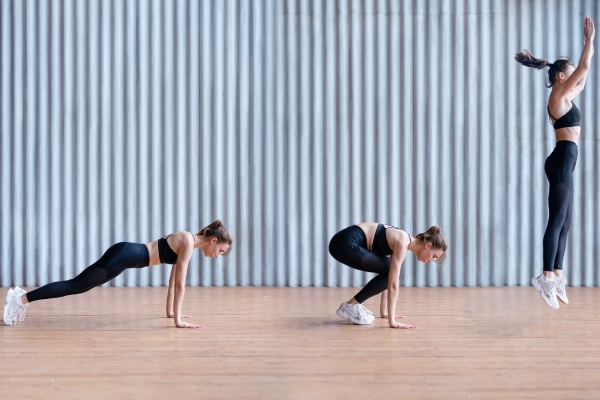
5. Burpees
- Stand with your feet shoulder-width apart, arms at your sides.
- Lower into a squat position and place your hands on the floor in front of you.
- Jump your feet back into a plank position, keeping your body in a straight line.
- Complete a push-up, then hop your feet back into the squat stance.
- Explode upwards into a jump, reaching your arms overhead.
- Land softly and immediately go into the next burpee.

6. Skater Jumps
- Stand with your feet shoulder-width apart.
- Leap to your right, landing on your right foot and bringing your left foot behind your right ankle without touching the floor.
- Immediately leap to your left, landing on your left foot and bringing your right foot behind your left ankle.
- Continue alternating sides, maintaining a low, athletic stance throughout the movement.

7. Plyometric Lunges
- Assume a lunge stance with your right foot leading and your left foot trailing, making sure each knee is bent at 90 degrees.
- Jump up explosively, switching your legs in mid-air so that you land with your left foot forward and right foot back.
- Land softly, bending your knees to absorb the impact, and immediately jump into the next lunge.
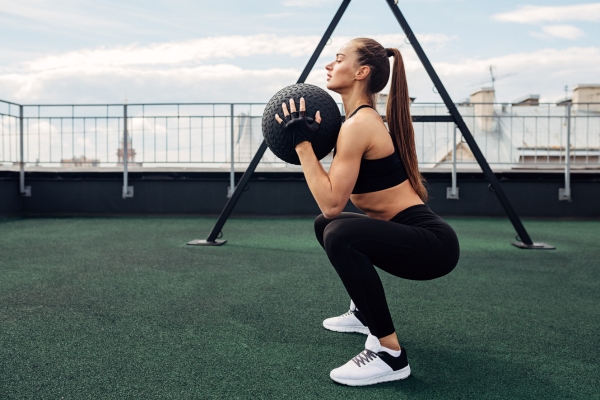
8. Frog Jumps
- Stand with your feet shoulder-width apart and lower into a deep squat, touching the floor with your fingertips.
- Explode upwards, jumping forward as far as you can while swinging your arms forward for momentum.
- Land softly in a squat position and immediately jump forward again, maintaining a continuous, flowing motion.

9. Single-Leg Hops
- Stand on your right foot with your left foot slightly off the ground.
- Hop forward on your right foot, landing softly and maintaining balance.
- Continue hopping forward for a set distance or number of reps, then switch to your left foot and repeat.

10. Broad Jumps
- Stand with your feet shoulder-width apart and lower into a squat position.
- Swing your arms back and explosively jump forward, extending your legs fully.
- Land softly with both feet together, bending your knees to absorb the impact.
- Reset and repeat the jump, focusing on maximizing distance with each effort.
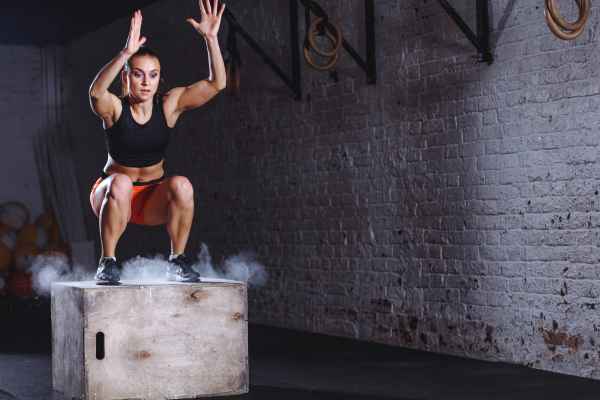
Incorporating Plyometrics into Your Routine
Incorporating plyometric exercises into your workout routine can greatly enhance your leg sculpting efforts.
However, due to their high-intensity nature, it’s important to use them strategically to avoid overtraining and injury.
Frequency: Aim to include plyometric exercises in your routine 2-3 times per week. This allows your muscles adequate time to recover while still providing the benefits of these explosive movements.
Timing: Plyometrics are best performed at the beginning of your workout when your muscles are fresh and you can focus on explosive power. This also helps ensure proper form and reduces the risk of injury.
Combining Plyometrics with Other Leg Exercises
To maximize the benefits of your leg workouts, combine plyometric exercises with traditional strength training and flexibility exercises.
This balanced approach ensures comprehensive muscle development and enhances overall performance.
Warm-Up: Start with a dynamic warm-up to prepare your muscles and joints for the high-intensity exercises.
Plyometrics First: Perform your plyometric exercises at the beginning of your workout to harness maximum power and energy.
Strength Training: Follow up with traditional leg exercises like squats, lunges, and deadlifts to build strength and muscle mass.
Flexibility and Mobility: Conclude your workout with stretching and mobility exercises to improve flexibility and aid in recovery.
Sample Workout Routine
Here’s a sample workout routine that combines plyometric exercises with traditional leg exercises for a comprehensive leg sculpting session:
Warm-Up:
- Dynamic leg swings (forward and side-to-side) – 2 sets of 10 each leg
- Walking lunges – 2 sets of 10 each leg
- High knees – 1 minute
- Butt kicks – 1 minute
Plyometric Exercises:
- Jump Squats – 1-2 sets of 10 reps
- Box Jumps – 1-2 sets of 8 reps
- Lateral Bounds – 1-2 sets of 12 reps (6 each side)
- Tuck Jumps – 1-2 sets of 10 reps
- Skater Jumps – 1-2 sets of 12 reps (6 each side)
Strength Training:
- Squats – 2-3 sets of 12 reps
- Deadlifts – 2-3 sets of 10 reps
- Lunges – 2 sets of 12 reps each leg
- Leg Press – 2 sets of 10 reps
- Calf Raises – 2-3 sets of 15 reps
Flexibility and Mobility:
- Hamstring Stretch – 30 seconds each leg
- Quad Stretch – 30 seconds each leg
- Calf Stretch – 30 seconds each leg
- Hip Flexor Stretch – 30 seconds each leg

Wrap-Up and Key Points to Remember
Incorporating plyometric exercises into your leg sculpting routine can significantly enhance your results by boosting muscle power, explosiveness, and definition.
These dynamic movements not only add variety to your workouts but also make fitness fun, fast, and simple.
By following the recommended frequency, combining plyometrics with other leg exercises, and adhering to a structured routine, you can achieve the sculpted legs you’ve always desired.
Key Points to Remember
- Plyometric exercises involve explosive movements that enhance muscle power and definition.
- Perform plyometrics 2-3 times per week, ideally at the beginning of your workout when your muscles are fresh.
- Balance your routine with traditional leg exercises like squats, lunges, and deadlifts to build overall strength.
- Ensure you maintain proper form to avoid injuries and maximize the effectiveness of each exercise.
- Always start with a dynamic warm-up and end with stretching and mobility exercises to prepare your muscles and aid in recovery.
- Adjust the intensity and volume of your workouts based on your fitness level and recovery needs.

